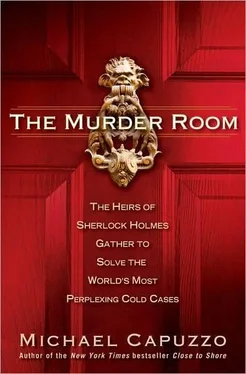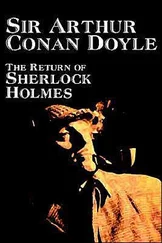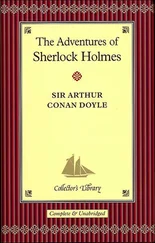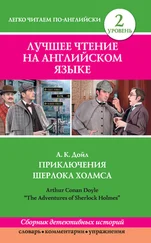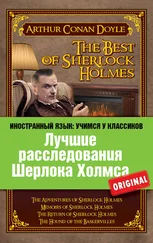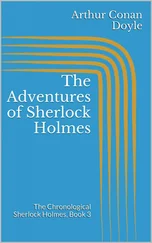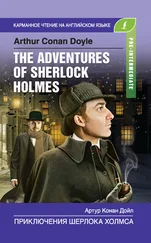The new VSMs were, if anything, even more prominent. The director of Brigade de la Sûreté, the French equivalent of the FBI founded by Vidocq in 1811, signed on, making the trip to Philadelphia from Paris. So did FBI agent Daniel Reilly, an organized crime expert from Long Island. Agent Reilly wanted to relax from his job of tracking “really horrible, no, make that repugnant people.”
New VSM Charles Rogovin, a Temple University law professor and criminologist, knew something about cold cases. He sat on the select congressional committees that investigated the assassinations of John F. Kennedy and Martin Luther King. Yet he was now eager to help the everyday cop “who’s got a tough nut to crack. An old case is very tough to deal with.” The virtue of the Vidocq Society, he believed, was that “if the assigned investigator is working as hard as he can and he runs out of trump, sometimes it takes an outside investigator to say, ‘How about this?’ ”
Rogovin looked around the room proudly at the record turnout for the fifth meeting. “This is not a collection of English club members,” he said. “You’ve got some seasoned people here.”
Cuisine and crime that day would be served at the Dickens Inn, a small colonial tavern, built in 1788, facing the broad cobblestone boulevard of South Second Street. The society had left the Naval Officers’ Club, finding it insufficiently atmospheric for their deliberations, in addition to which some VSMs voiced concern about privacy. The new digs were an intimate English pub named in homage to Charles Dickens, who actually visited Philadelphia. The Times reporter was taken by the irony of the setting, noting “waitresses dressed in eighteenth-century barmaid uniforms brushed past a detective who remarked, ‘She was shot to death on a Sunday.’ ”
Fleisher was excited. The setting matched his vision for the Vidocq Society, and so did the case. He had finally scheduled a classic murder case that detectives could discuss and debate over a leisurely repast. It was the 1930s Butcher of Cleveland, who had committed the ghastliest series of murders in American history. The Butcher tortured, dismembered, decapitated, and drained the blood from more than thirty men and women from the 1920s through the Great Depression and beyond. Seventy years later, the murders, which had stumped hundreds of lawmen including Eliot Ness, remained unsolved.
Ness had been hired as Cleveland ’s safety director in 1935 with a shining reputation. In Chicago in 1931, the dashing young U.S. Treasury agent headed an elite unit of eight federal prohibition G-Men (Government Men) who raided Al Capone’s speakeasies and helped bring down the gangster on tax evasion and liquor charges. Men of unassailable integrity, Ness and his Chicago feds could not be bought-thus they were “The Untouchables.”
By all accounts, he made great strides cleaning up a corrupt city. He attacked gambling and the city’s organized crime operations, going after crooked police and politicians who were in the mob’s pocket. He dropped the crime rate 30 percent to make Cleveland the nation’s safest city. Ahead of his time, he reduced auto deaths by cracking down on speeders and drunk drivers. He even dropped juvenile crime two-thirds by starting citywide Boy Scout troops.
Then he encountered a new type of criminal. This was a supremely clever, Machiavellian type who could not be investigated or bullied like Al Capone by simply raiding a speakeasy. Sadistic serial killers, with IQs notably higher than other killers and the ability to imagine and fulfill the darkest, most complex criminal needs, were an increasing plague of the twentieth century. They didn’t seek money or power or revenge. They tortured and killed strangers in a shadowy nightmare-world created and ruled by their own insatiable desires.
The first who gained infamy in the new century was New York City pedophile and cannibal Albert Fish, “The Brooklyn Vampire.” In January 1936, as Ness took office in Cleveland, the pale, mustached, deranged house painter was electrocuted at Sing Sing for strangling, killing, and eating ten-year-old Grace Budd. Fish had tricked the girl’s parents into thinking he was a kindly old farmer who promised the father a job, but first wanted to take the girl to a birthday party at his sister’s house.
Unknown to Ness, the Fish case would provide rare insight into the mind of this penultimate category of killer. Trickery, the ruse, was essential to the sadist’s excitement, as was the denouement, or “gotcha.” Six years after Budd’s kidnapping and murder, Fish sent a letter to her mother boasting of his crime: “On Sunday, June 3, 1928, I called on you… Brought you pot cheese-strawberries. We had lunch. Grace sat in my lap and kissed me. I made up my mind to eat her. On the pretense of taking her to a party. You said yes she could go. I took her to an empty house in Westchester I had already picked out… When she saw me all naked she began to cry… she said she would tell her mamma. First I stripped her naked. How she did kick-bite and scratch. I choked her to death, then cut her in small pieces so I could take my meat to my rooms. Cook and eat it. How sweet and tender her little ass was roasted in the oven. It took me nine days to eat her entire body. I did not fuck her tho I could of had I wished. She died a virgin.”
As Fish, suspected of five murders, died in the electric chair, the Mad Butcher was already well on his way to being the most prolific serial killer of the twentieth century. He was on a pace to match Dr. H. H. Holmes, who admitted to at least twenty-seven killings and may have murdered dozens more in his gloomy “Castle” of death during the glittering Chicago World’s Fair of 1893. Compelled by some of the same insatiable needs as Holmes, the Butcher seemed intent on re-creating a gruesome history, littering Cleveland ’s world’s fair of 1936 with bodies.
The killer operated with strength and stealth, and a horrifying appetite to torture and degrade his victims. In September 1934, the grisly Lady of the Lake surfaced in Lake Erie -the torso of an unidentified woman in her thirties, beheaded and legs cut off at the knees. In September 1935, two nude male bodies-beheaded and castrated-were found in Kingsbury Run, a Depression tent city of hoboes in a gloomy downtown ravine cut by the Cuyahoga River and railroad tracks. The younger victim, Edward Andrassy, twenty-eight, a small-time hoodlum of profligate bisexual appetites, was cleaned and completely drained of blood. Both men were decapitated while alive. The fourth victim was a prostitute, Florence Polillo. One arm and both thighs were found in a bushel basket, wrapped like a ham.
The pattern was clear to police: decapitation, which was extremely difficult and rare in the history of murder, followed by dismemberment and sexual mutilation. The killer had to be a very strong man, the coroner said, and also must be a surgeon, given the skill and exactitude of the beheadings. A cop said it more bluntly: “A maniac with a lust to kill is on the loose.”
The city was frightened. As headlines grew hysterical, the mayor and newspapers demanded the city’s safety director stop the monster. Random beheadings in the shadow of its new skyscrapers were a public relations nightmare for Cleveland in 1936. The city that year drew three million visitors to the Great Lakes Exposition, a heroic attempt, supported by federal money, to boost its sagging fortunes. Architects had designed a gleaming modernist expo city on 135 acres on Lake Erie. Rivaling the Chicago World’s Fair’s White City, it was “a city of ivory, a new Baghdad risen in the desert,” one writer said. Olympic swimmer Johnny Weissmuller, the future movie Tarzan, and Esther Williams performed on the Aquacade, a floating stage, while jazz from the Bob Crosby Orchestra floated out over the water. In June of that year, Cleveland also was preparing to take a second bow in the national spotlight, hosting the 1936 Republican National Convention, which would send shy Kansas governor Alf Landon to be crushed by FDR in the fall. Yet Ness, absorbed in fighting municipal corruption, showed little interest in the murders. The safety director was letting a serial killer terrorize the city.
Читать дальше
